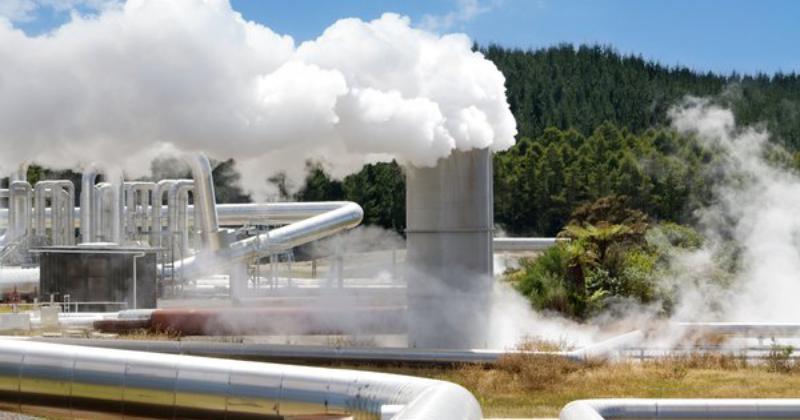
CEBA Studies
Repealing Clean Energy Tax Credits Would Raise Electricity Prices and Result in Economic Harm for American Families and Job Creators
The Clean Energy Buyers Association (CEBA) has published two studies conducted by NERA Economic Consulting showing that repealing the federal technology-neutral investment (§48E) and production (§45Y) tax credits would bring adverse economic impacts and result in higher electricity prices for U.S. households and businesses.
What are the §48E and §45Y tax credits?

The Investment Tax Credit (§48E)
The Investment Tax Credit (§48E) covers 6% of the cost of installing commercial clean energy property. The credit increases to 30% if certain prevailing wage and registered apprenticeship requirements are met by the project developer during construction.

The Production Tax Credit (§45Y)
The Production Tax Credit (§45Y) provides an electricity production incentive of 0.3 cents/kilowatt hour (kWh), adjusted annually for inflation. The credit increases to 1.5 cents/kWh if certain prevailing wage and registered apprenticeship requirements are met by the project developer during construction.
Both of these tax credits are “technology-neutral,” meaning projects using nuclear fission, fusion energy, hydropower, marine and hydrokinetic, geothermal, wind, solar, or waste energy recovery property that derives energy from one of the sources described above, all qualify, but a project developer may only claim one or the other, not both. Different types of electrical energy storage technologies also qualify for the §48E clean electricity investment credit.
How much would electricity prices go up in different states?
By next year, average annual electricity prices for both households and businesses would rise by about:
- Wyoming: 29.5%
- New Mexico: 24.4%
- Illinois: 17.9%
- Washington, D.C.: 17.8%
- Washington: 17.1%
- North Carolina: 17%
- Missouri: 15.2%
- Kansas: 15.1%
- South Carolina: 14.8%.
- Tennessee: 14.5%
- Delaware: 13.5%
- Maryland: 12.7%
- Arizona: 12.4%
- California: 11.3%
- New Jersey: 10.9%
Why are the §48E and §45Y tax credits important?
The technology-neutral credits support American industries and businesses that employ thousands of Americans.
- These tax credits do not favor any particular electricity producing technology; the market determines what is best to achieve low-cost, reliable electricity for Americans.
- Preserving the tax credits would put downward pressure on electricity price inflation, keeping electric bills lower for American households and businesses.
- Preserving these tax credits would also help the United States win the race against China for artificial intelligence, advanced manufacturing, and other critical industries by providing for more energy and adding diversity on our system.
- These tax credits support a highly diversified national energy supply system that keeps our options open to ensure we are able to serve the growing loads of the future and capture economic growth.
How much would electricity prices go up without these tax credits?
The first NERA study, published in February 2025, found the repeal of these tax credits would cause:
- Inflationary effects on residential electric bills. The price of the average annual household utility bill would go up by $110 by 2026 for the average American residential customer.
- Inflationary effects on businesses. American businesses would see electricity bill increases by about 10% per year, resulting in increased costs for consumer goods and services. Small businesses would feel the same impacts, making it even harder for mom-and-pop businesses to survive with inflation already high.
- Range of cost increases. In some states, average electricity prices for businesses and residences could spike by as much as 29.5% in 2026, while others may see only modest increases. This is atop existing electricity price inflation, and the NERA study’s use of conservative assumptions suggests real-world price hikes could be even higher.
- Largest impacts on Midwest and West. These regions would see all sector electricity price increases of about 10% by 2026. WY, KS, MO, and SC would see significant price hikes — up to 30% for WY and 15% for KS, MO, and SC.
The second NERA study, published in May 2025, highlights adverse and significant economic impacts that would occur across 19 states between 2026 and 2032 if the federal technology-neutral energy tax credits are repealed. Elevated electricity and natural gas prices would create economic stress that slows power sector growth, dampening new investment and further constraining energy supply:
- Households would be hit on multiple fronts: rising utility bills, job losses, and falling incomes would constrain consumer spending and overall economic resilience.
- Demand for labor and capital would fall, leading to wage losses, declining household incomes, and shrinking investments.
- The combined effect would be destabilizing, with state-level gross domestic product (GDP) declines, intensified household financial strain, contraction of key industries, and job losses. The scale and severity of these impacts would vary by state but are significant and far-reaching.
